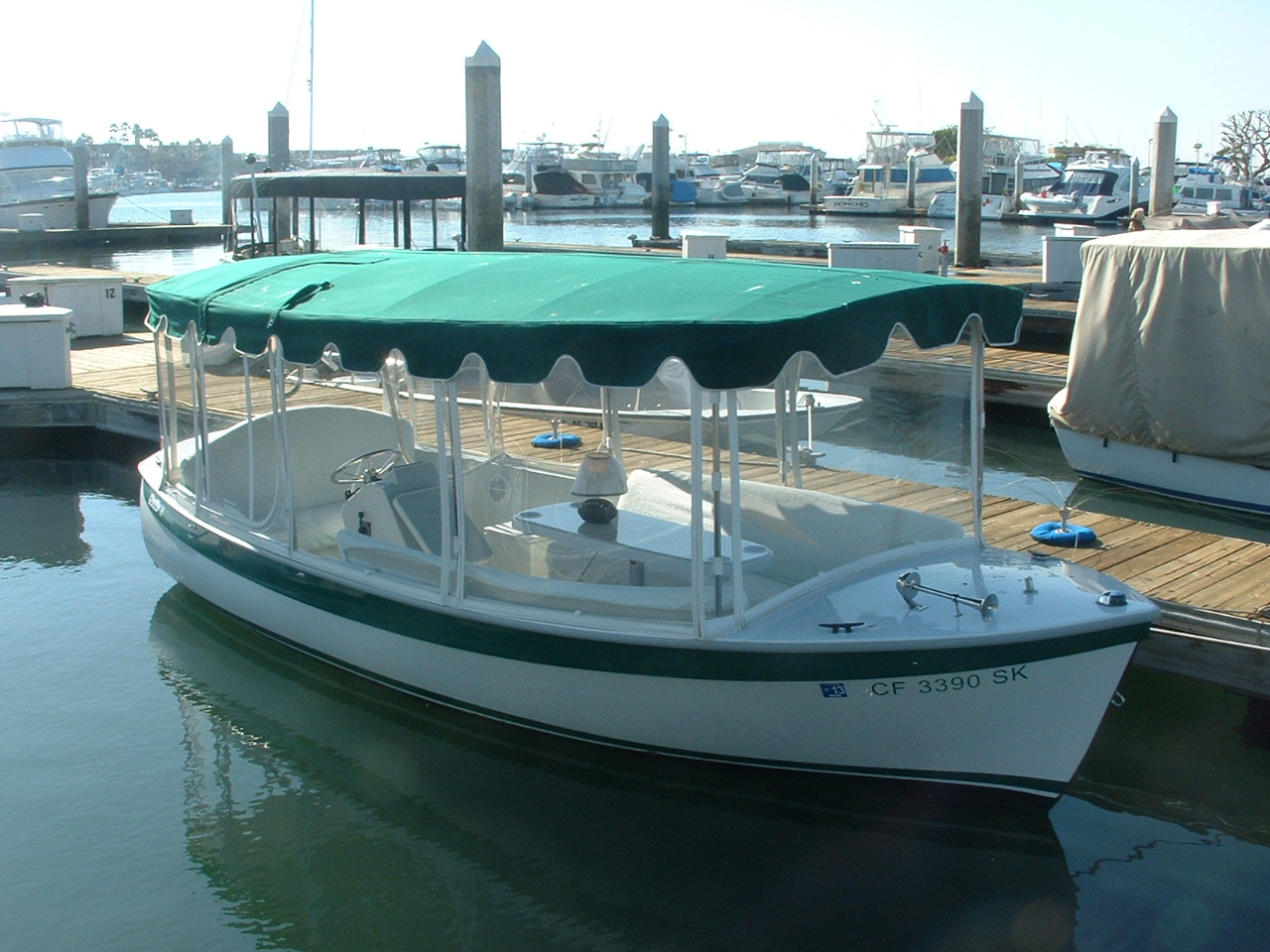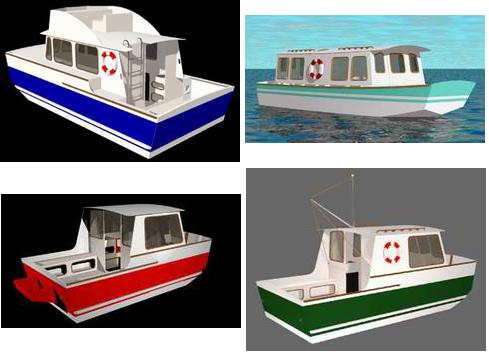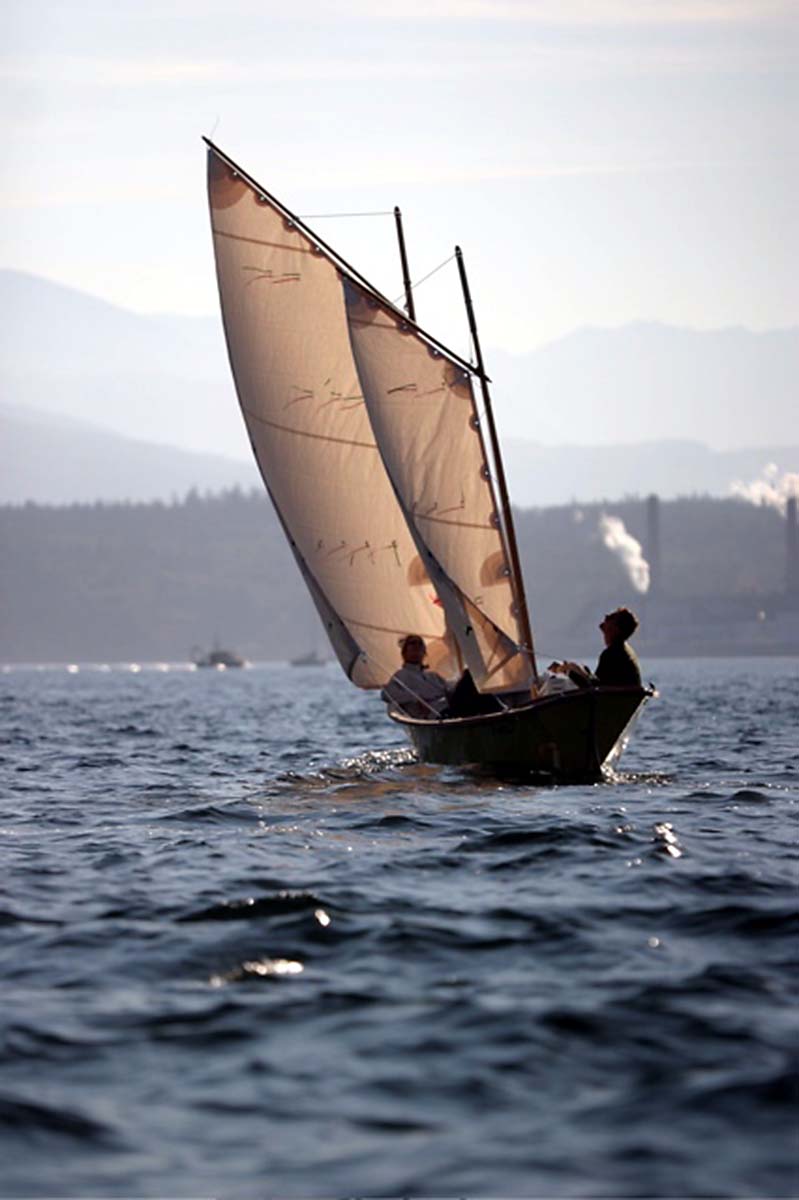The Role of Hydrodynamics in Fishing Boat Design
Riding the Waves: How Hydrodynamics Shape Fishing Boat Design
Ever wonder how fishing boats manage to stay afloat in rough seas, maneuver through tight spaces, and still haul in a hefty catch? It's not just about sturdy construction; a huge part of it lies in the science of hydrodynamics. Think of it as the dance between the boat and the water â€" a carefully choreographed performance designed for efficiency and safety. Let's dive in and explore the crucial role hydrodynamics plays in designing these hardworking vessels.
Understanding the Fundamentals: What is Hydrodynamics?
In simple terms, hydrodynamics is the study of fluids in motion, specifically water in this context. It's about understanding how water behaves around a moving object â€" like a fishing boat â€" and how that behavior affects the boat's performance. Factors like the boat's shape, size, speed, and the water's characteristics (waves, currents, viscosity) all come into play. Getting the hydrodynamics right is essential for a fishing boat to be:
- Stable: Able to resist capsizing even in rough seas.
- Maneuverable: Easy to steer and control, especially in crowded harbors or when working around fishing nets.
- Fuel-efficient: Minimizing drag to maximize fuel economy and range.
- Seaworthy: Able to withstand harsh weather conditions and remain operational.
Designing a fishing boat without considering these hydrodynamic principles is like building a house without a foundation â€" it's just not going to work!
The Shape of Things to Come: Hull Design and Hydrodynamics
The hull, the boat's underwater body, is where the magic of hydrodynamics truly happens. Its shape significantly impacts how the boat interacts with the water. Different hull designs cater to specific needs and operating environments:
Mono-hulls: The Classic Design
Mono-hulls are the traditional, single-hulled boats. Their design can vary greatly, from the simple, flat-bottomed skiffs used in calm waters to the deep-V hulls favored for their stability and ability to cut through waves in rough seas. A deep-V hull’s sharp angle at the bottom deflects waves effectively, while a flatter hull is better for shallow-water operation.
Catamarans and Trimarans: Spreading the Load
These multi-hull vessels distribute the weight across two or three hulls, offering increased stability and a larger deck space. This is particularly beneficial for larger fishing boats requiring more storage or working area. The hydrodynamic design of each hull is crucial to minimize drag and maximize efficiency.
Planing Hulls: Speed Demons
Planing hulls are designed to rise up and "plane" over the water at higher speeds, reducing frictional drag and significantly increasing speed. This is often seen in smaller, faster fishing boats targeting faster-moving species.
Displacement Hulls: Steady and Reliable
Displacement hulls are designed to move *through* the water, rather than *on top* of it. They are more stable at lower speeds and are better suited for heavier loads and rougher conditions. Think of the sturdy trawlers that spend weeks at sea.
Beyond the Hull: Other Hydrodynamic Considerations
The hull isn't the only thing that matters. Several other aspects of a fishing boat's design are significantly influenced by hydrodynamics:
Propellers and Thrusters: Efficient Propulsion
The propeller's design is crucial for efficient propulsion. The shape, pitch, and number of blades all affect thrust, efficiency, and noise generation. Thrusters, often used for maneuvering in tight spaces, are also designed with hydrodynamic principles in mind to ensure effective control.
Keels and Fins: Stability and Steering
Keels, extending downwards from the hull, enhance stability, particularly in rough seas. Fins, often found on the stern (rear) of a boat, contribute to directional stability and maneuvering. Their design and placement are determined using hydrodynamic simulations and analysis.
Bow Shape and Wave-Piercing: Reducing Slamming
The shape of the bow (front) is designed to minimize the impact of waves, a phenomenon called "slamming". A well-designed bow reduces stress on the hull and improves seakeeping ability. The goal is a smooth entry into waves, minimizing the jarring effect on the crew and boat structure.
Bulbous Bows: Wave Reduction at Speed
Larger fishing vessels often feature bulbous bows, a bulb-like protrusion under the waterline at the bow. This feature creates a wave pattern that partially cancels out the wave resistance at higher speeds, resulting in improved fuel efficiency and reduced wave impact.
Computational Fluid Dynamics (CFD): The Modern Tool
Modern fishing boat design heavily relies on Computational Fluid Dynamics (CFD). This sophisticated software simulates the flow of water around the boat's hull and other components, allowing designers to optimize the shape and performance before a single plank is cut. CFD helps to:
- Predict drag and lift forces: Identifying areas for improvement in hull design to reduce resistance.
- Analyze wave patterns: Understanding how waves interact with the boat and improving seakeeping.
- Optimize propeller design: Maximizing thrust and efficiency while minimizing noise and cavitation (formation of vapor bubbles).
- Assess stability and maneuverability: Ensuring the boat remains safe and easy to handle in various conditions.
CFD significantly reduces the need for expensive and time-consuming physical model testing, making the design process more efficient and cost-effective.
Commonly Asked Questions
Q: How does the size of a fishing boat impact its hydrodynamics?
A: Size significantly affects hydrodynamics. Smaller boats are more easily affected by waves and currents, while larger boats experience different hydrodynamic phenomena. The scale of the problem changes with size, influencing the design approach and the relative importance of different hydrodynamic considerations.
Q: Can you explain cavitation in simpler terms?
A: Cavitation is the formation of vapor bubbles in a liquid due to low pressure. In propellers, this can lead to reduced thrust, noise, vibration, and even damage to the propeller blades. Hydrodynamic design aims to minimize this occurrence.
Q: How important is model testing even with CFD?
A: While CFD is invaluable, physical model testing is still important, particularly for complex designs or when validating CFD results. It allows engineers to observe real-world effects and fine-tune the design based on empirical data.
Q: What about the impact of the environment on hydrodynamic design?
A: The environment plays a huge role. A boat designed for the calm waters of a lake will be drastically different from one designed for the rough North Atlantic. Factors like wave heights, currents, water temperature, and even water salinity all affect the hydrodynamic design choices.
In conclusion, hydrodynamics is not merely a scientific niche; it's the backbone of successful fishing boat design. Understanding how water interacts with the vessel is critical for creating safe, efficient, and productive fishing boats capable of withstanding the challenges of the open sea.















